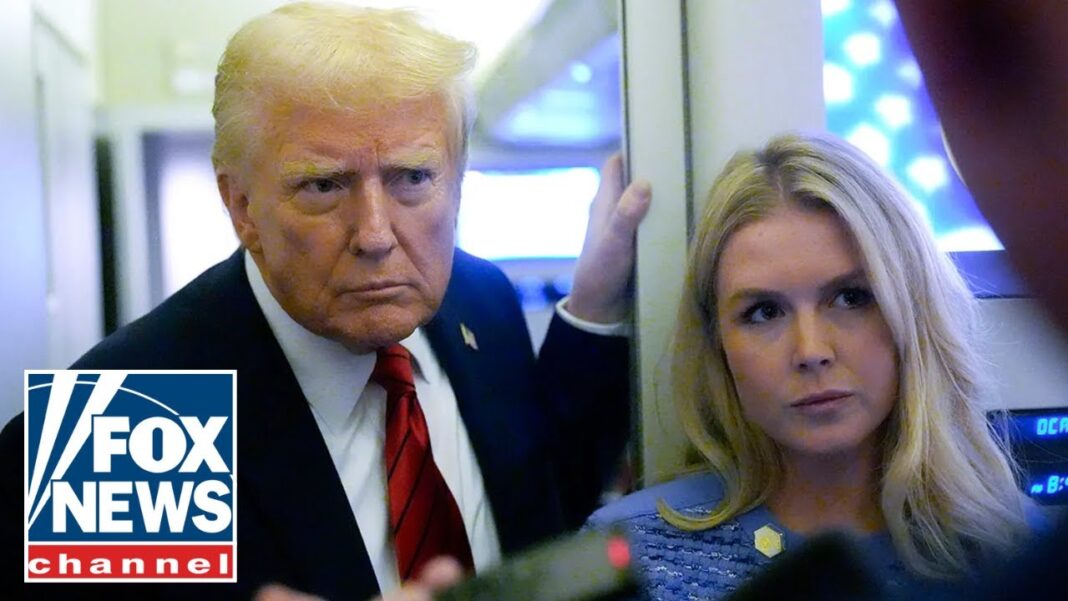The question of licensing comes as civilians continue their expedited weather warning and disaster response without regulation and support of local authorities.
GREENSBURG, Kan.—Storm chaser Rob McBay and his wife, Valarie, came face to face with one of several EF-3 tornadoes that broke out across the plains of Kansas on May 18 just after 10 p.m. CT.
The roaring vortex, which the National Weather Service later reported grew to be half a mile wide and boasted winds of more than 140 mph, plowed its way northeastward less than a mile ahead of him, shaking his Jeep Compass with a rear flank downdraft he estimated to be more than 100 mph.
Erratic lightning streaks across the supercell ceiling and a fiery takedown of power lines along the highway lit up the tornado’s silhouette and direction in the gloom of the moonless night. The seasoned storm chaser from Alabama watched as his quarry evolved from a thin rope out in a field to what appeared to be one of three that merged into the thick wedge that crossed his path.
Across the state line in Oklahoma, lawmakers continue their drive to create a storm chasing license that would increase certain chasers’ abilities to move across their state. A licensed “professional severe weather tracker,” would be authorized to use yellow and green flashing lights to run red lights and access closed roads and highways in order to stay with a tornado.
State Rep. Scott Fetgatter, a Republican, and state Sen. Mark Mann, a Democrat, submitted a bill to establish a storm chaser’s license four months ago. However, it would not recognize independent chasers like McBay as being qualified to purchase the credentials. Licenses would be available exclusively to those associated with a “qualified media outlet” or a “qualified institution of higher education.”
Storm chasers, for the most part, have emerged from their obsession and lack of regulation to become known as an independent yet controversial community of Americans who are part weatherman, scientist, first responder, content creator, and vagabond.
They descend on budding storm cells like fishing boats gathering on a reef. Crews read visual signs and radar panels in order to best position themselves for a catch. Veteran captains sound off on newer players acting unsafe. Both veterans and newbies occasionally run into trouble with law enforcement.
But for all the controversy, storm chasers are uniquely positioned to save lives while pursuing their passion. They can deliver real-time updates and coordinate with first responders.
Some chasers are certified first responders themselves, eager to help, but there is nothing that allows them to be treated differently from those racing down the same roads simply trying to get a picture. Nor is there any way for law enforcement or meteorologists to immediately pick out the professionals from the pack.
While the Oklahoma bill ultimately failed to pass, it made the Sooner State the first to formally ask the question that many associated with storm chasing told The Epoch Times will inevitably have to be answered: should professional severe weather tracker licenses or some other form of regulation be adopted?
Many involved with storm chasing see licensing or some other means of legitimization as an unavoidable necessity to end the clash between specialized citizens and local authorities. What remains uncertain, however, is what that legitimization will—and should—look like.
By T.J. Muscaro







